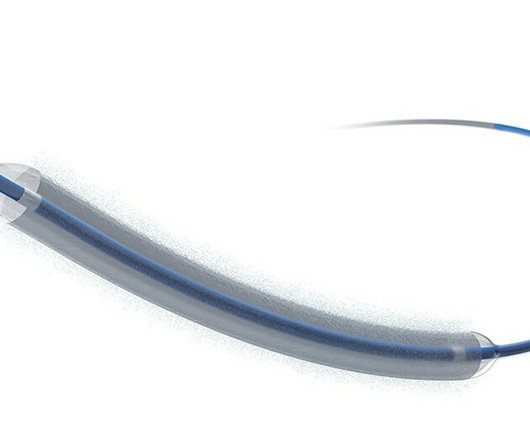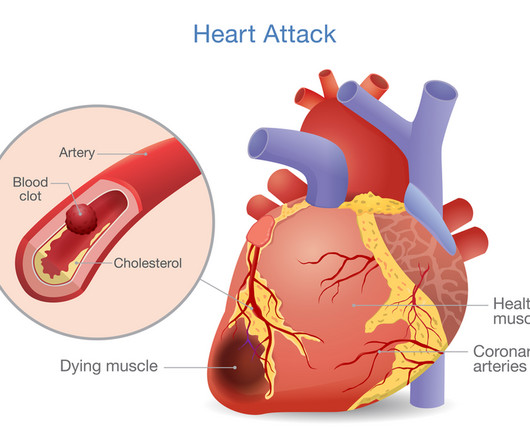Safety and possible anti-inflammatory effect of paclitaxel associated with LDL-like nanoparticles (LDE) in patients with chronic coronary artery disease: a double-blind, placebo-controlled pilot study
Frontiers in Cardiovascular Medicine
FEBRUARY 20, 2024
We investigated whether treatment with LDE-paclitaxel changes plaque progression by coronary CT angiography and is safe in patients with chronic coronary artery disease. Clinical and laboratory safety evaluations were made at baseline and every 3 weeks until the end of the study.











Let's personalize your content